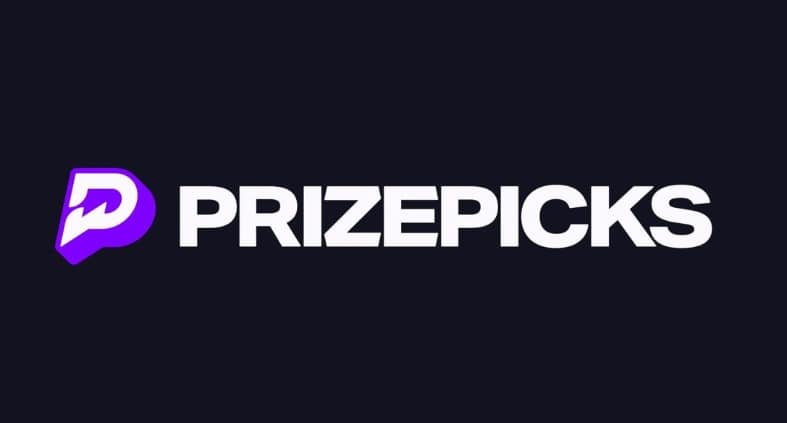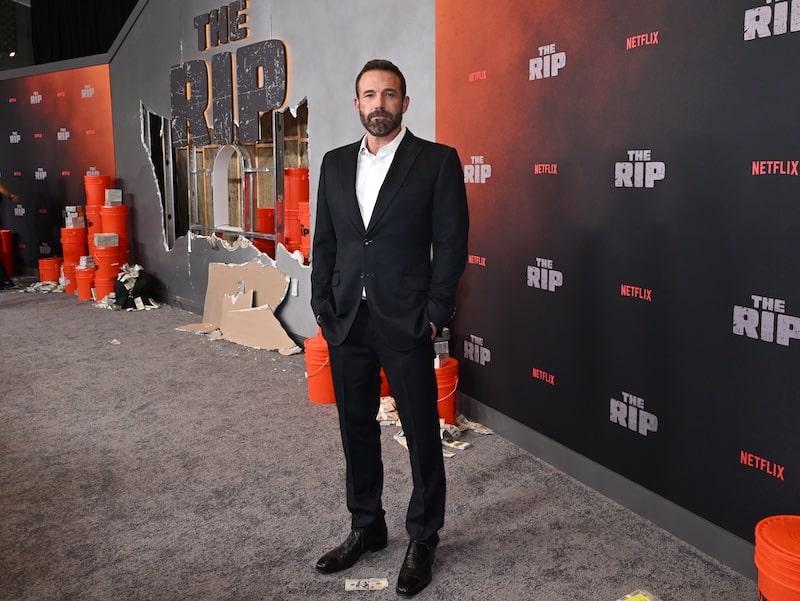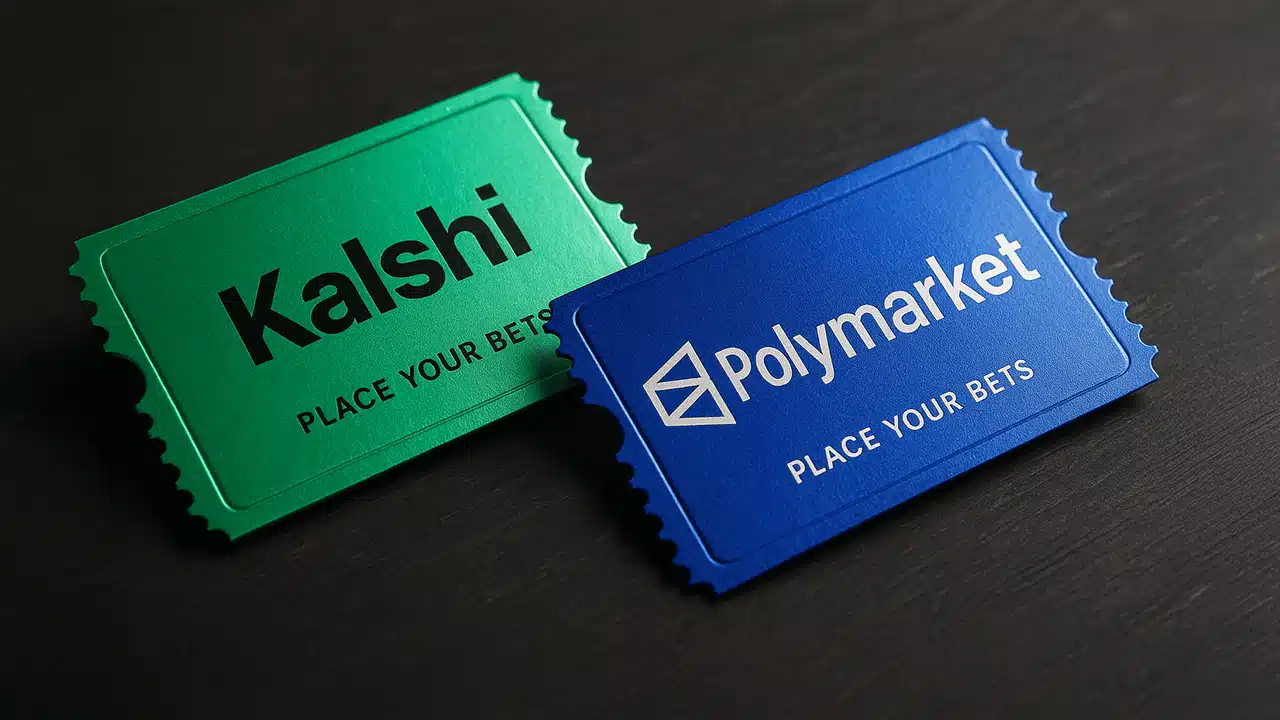
Why operators can push the esports betting vertical forward

Despite the leaps and bounds esports betting has made in the past few years, the broader gaming sector often looks at the esports vertical with a raised eyebrow. There are important questions that every operator rightly has around topics like product features and marketing – but what’s absolutely clear is that any operator thinking long term should be considering how it invests in esports.
In some regions and circles, there’s an inherent assumption and acceptance that esports’ ceiling as a vertical is around fourth place. In European markets, soccer sits at the top of the totem pole, but depending on your jurisdiction there’s much more room to grow. We believe it can do even better than most titles as the Millennial and Gen Z audiences mature. In fact, we’ve hardly scratched the surface of what esports can be.
Regional specificity
Despite the assumption that esports betting caps at roughly fourth place, there are regional factors that can impact this. In Denmark, esports is the second-most popular category, only sitting under the behemoth of soccer. Based on our experience, esports outperforms horseracing – arguably a legacy segment – in several jurisdictions. For several of our customers in Europe, esports can compete with or outperform tennis and basketball. We believe that in the long term, esports can perform as well as NBA basketball, and we’re confident it’ll be bigger than betting on European basketball.
In the UK, the odds are that esports won’t be bigger than soccer or horseracing within the next five to 10 years, but it can absolutely reach the number three position. Brazil is another hotspot for esports betting that shares a lot of the same fandom and cultural elements as soccer – something we can see when Brazilian esports teams compete internationally. Southeast Asia holds incredible promise for operators seeking to target mobile esports and provide a high-quality mobile betting product.
But, most importantly for the publication, the US market has flown like a rocket since PASPA’s overturning and is still working through bumps in the road, state by state. Particularly for esports, it comes down to how each state legislates it. It’s unlikely that esports will challenge soccer and the big four American leagues, but the size of the consumer market indicates that esports is going to be incredibly popular. Esports is well positioned to develop innovative products considering the love for parlay or bet builder bets in the US.
Being bullish pays off
With any business decision, there’s always an element of risk management. It’s easy for the broader betting industry to rest on its laurels when it comes to esports, but it comes with an opportunity cost. Bullish, forward-thinking operators who are considering new opportunities, new verticals and new markets are already reaping the rewards of investing in esports. Rather than leaving the vertical to someone else, they’re embedding themselves within the rich culture of esports, building loyal, long-standing customer bases and dictating the segment’s growth.
Operators leading the charge are doing so by taking a different approach than what traditional sportsbooks are used to. One effective method for building visibility and positive brand affinity is to embed your brand with an event, as an experience enhancement but not an explicit acquisition driver.
GG.Bet’s partnership with Brazilian streamer Gaules is a good example: it has partnered with a Twitch streamer with a wide reach and passionate fanbase for some of the biggest events of the year for esports and bettors. Gaules’ streams for these events draw in high five to six-figure viewership numbers, with GG.Bet’s brand embedded in the stream. This was coupled with a social campaign to drive acquisition, which included but did not center around bonus incentives.
Bonus-driven acquisition isn’t as effective for Millenial and Gen Z audiences. Traditional sportsbook products and interfaces geared for your Gen X audiences don’t capture the attention of the next generation of bettors. Rivalry’s Cody Luongo puts it perfectly in his Sharpr newsletter: “It’s about content creators, not big-ticket team deals. Internet culture over sports culture. Digital over physical. Immersive, entertaining and social experiences above speed and functionality.”
Reaping the rewards
Clever operators who have spent time cultivating an audience and building experiences specifically for esports bettors are flourishing. Rivalry has been a trailblazer in this space thanks to clever marketing, learning what fans want and how they engage, and developing a high-quality product experience to match. The operator’s launch of same-game esports parlays is a great example. Rivalry took PandaScore’s bet builder product and gave it the company’s unique touch: a sharp product front-end, seamless experience and a campaign centered around making ‘big brain’ predictions and bets.
Being on the front line of esports betting, understanding what works and what doesn’t, and collaborating with specialist suppliers to build catered products, does more than just benefit operators right now. Bullish operators don’t just benefit from the rising tide of esports, they’re deciding what the future of the segment looks like.
Four pillars to an esports betting approach
As with any emerging market, the first movers will be on the front foot: learning the fastest and molding the vertical in their preferred image. For many endemic sports betting brands, esports has been a tough nut to crack: traditional approaches haven’t proved effective and copying the success of others isn’t so simple.It’s clear that trying to wedge a sports betting approach into esports doesn’t work. Operators seeking esports success have to do things differently. This can be distilled down to four key pillars:
1. Research and development2. Knowing your audience3. Timely engagement4. Courage
Research and development
Being bullish on the product development front means more than just signing up with a specialist supplier. If you’ve decided to work with an esports supplier, you need to know why: how does esports benefit your business?
Dedicated esports suppliers are focusing on their end of product development, with the knowledge, skills and ability to continue innovating. As an operator, you must walk in lockstep with your supplier and leverage their efforts – leaving esports as an ‘also-ran’ risks throttling the potential you’ve just invested in. Bullish operators are reallocating resources to esports betting, but what that reallocation looks like is incredibly important. Operators can often be too quick to just copy-paste their sports approach onto esports.
Taking the lead on the demographic front is a common practice: embrace esports by targeting specific jurisdictions. Places with established esports and betting track records like Europe – particularly Eastern Europe – and many parts of Asia. Or areas with strong potential and emerging audiences like the US, Mexico and Brazil.
This type of land-grab method is what many operators are used to. While getting entry into these markets is important, sticking the landing doesn’t come as easily. Each jurisdiction has its particularities and preferences within esports that you need to cater to. Call of Duty is likely to perform much better in the US than in European jurisdictions – you need to shape your offering accordingly.
The same can be said for another common first step into a new segment: acquiring a user base that’s yet to be fully tapped. This method comes with the biggest potential but also the biggest risks. You really have to nail down how you get the most out of what you’re acquiring. How much of the user base bets on esports, and in what ways? Are you targeting esports viewers who might not bet or might not know how to bet?
Commonly, when esports bettors do wager, it’s often smaller amounts over a wider spread to enhance an entertainment experience. There are of course those who are naturally looking to maximize payouts, but it generally appears to be a less significant driver compared to traditional sports. This means that, as an operator, you need to put resources, research and development into different types of marketing, engagement and acquisition campaigns. Operators are very used to affiliate marketing, sports-style campaigns and free bets but this doesn’t necessarily work in esports – it’s about how user experience plugs into the event.
You need to leverage customers through community initiatives and organic engagement in the spaces they inhabit like Discord and X (formerly Twitter). Leverage activations at tournaments to build brand affinity. Use partnerships within the space for market entry and visibility, rather than directly pushing product. It’s about nurturing and attaching your product to the general esports fan experience, which requires a healthy amount of research into your audience.
Knowing your audience
This naturally brings us to our next point. You need to be confident that your business choices are aligned with the behavior of your customers. Many operators offering esports aren’t sure why an esports fan decides to bet: were they engaged by a campaign, were they cross-sold, what else do they bet on?
What a lot of betting operators fear is cannibalizing turnover from other segments, particularly soccer. This fear is a big reason why there’s been an embrace of esoccer and ebasketball as esports products. They don’t cannibalize core segments and give existing sports bettors more of the same, functioning as an evolution of virtuals for an existing audience.
We can be confident that esoccer and ebasketball are esports products for sports bettors, because their performance matches the ebbs and flows of those sports cycles. But, while there is a place for esoccer, it demonstrates a propensity for doing more of the same, without addressing core esports audiences. Operators invested in esports for esports audiences are looking at the ecosystem and analysing how to run decent acquisition campaigns specifically for their target audience. Rivalry is successful because it infiltrated the space and built things for that audience from within. A catered approach is what’s needed to engage esports audiences, and it needs to meet fans on their level.
Timely engagement
Often when operators invest in esports they’ll get far too attached to how to position esports on their site in the most effective manner. Common questions like ‘should I have a separate esports website?’, ‘a separate section on an existing website?’, ‘if so, where’s the optimal placement?’ Brands get focused on the user journey, but that runs on an implication of a ton of esports bettors who just haven’t converted yet. This behavior is very much taking what operators already know about traditional sports bettors and applying it to esports.
But that’s an eighth or ninth-stage challenge and not where the core problem lies for non-endemic operators. The core of the challenge is much higher up the chain and it’s about understanding the community, knowing esports and internet culture, and engaging and playing with your target audience. Along with the community engagement piece, it’s less about placing your esports segment in the right spot on your site, but placing your product in front of your audience during the action, or in the spaces they inhabit.
Microbetting products are especially interesting in esports, as it can place a betting opportunity directly within the experience for viewers in a manner that isn’t necessarily immersion-breaking. Bullish operators are experimenting and exploring these kinds of opportunities to find new forms of engagement in an entertainment medium built for the internet age.
Courage
Finally, you must ultimately choose to do something radically different to what you might be used to. It takes courage to integrate and leverage continuously improving esports products, to approach an audience that consumes products differently, and to engage that audience in a manner that’s different to traditional sports. Adding a new esoccer product for a bump in margin or volume for the next year might work for now, but that’s a piece of an ever-diminishing pie. Bullish operators need to be hands-on with esports, and think deeply about how it can serve your target audience, or future audiences, beyond the land grab or bonus arms race. Esports is so much more than that: it’s pure unharnessed potential. There’s a higher risk but also a higher reward. A bit of courage helps along the way.
Tags/Keywords
The strongest platforms guide players without calling attention to the guidance. When design choices feel natural, users can focus on decisions rather than deciphering the system.
Players trust our reporting due to our commitment to unbiased and professional evaluations of the iGaming sector. We track hundreds of platforms and industry updates daily to ensure our news feed and leaderboards reflect the most recent market shifts. With nearly two decades of experience within iGaming, our team provides a wealth of expert knowledge. This long-standing expertise enables us to deliver thorough, reliable news and guidance to our readers.






